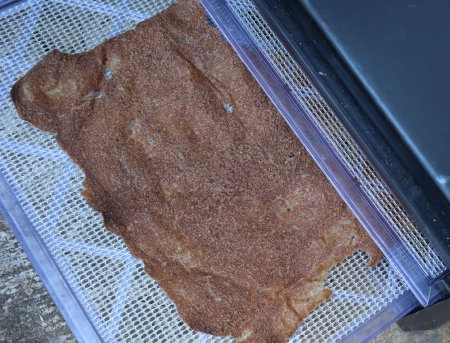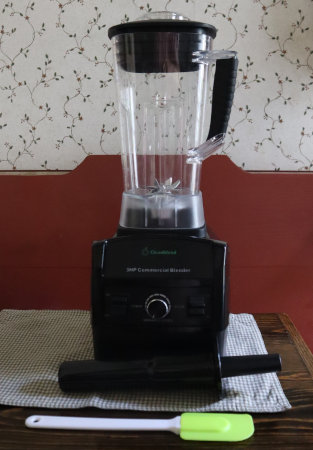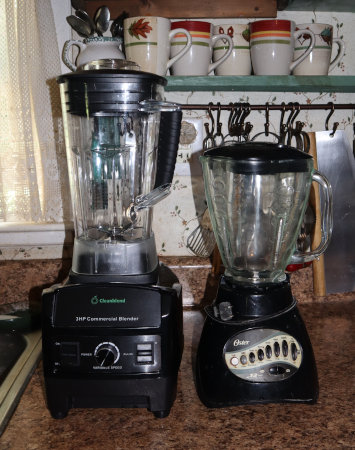Another month has flown by!
Rainfall
- 4th: 1"
- 5th: *1.3+"
- 7th: 0.05"
- 10th: 1.65"
- 11th: 2"
- 30th: 0.35" (Ian)
- Total: 6.35+ inches
Temperature
- nighttime range: 47-74°F (8-23°C)
- daytime range: 67-91°F (19-33°C)
- winter wheat
- Daikons
- Carrots
- Cosmic Purple
- Purple Dragon
- Turnips
- Purple Top
- Tokinashi
- Kale
- Siberian
- Tronchuda
- Lettuce, Jericho
- Collards
- Beets, Ruby Queen
- Broccoli, Waltham 29
- Chinese cabbage
- Salsify
- Garlic
- Multiplier onions
- Parsnips, Harris Model
- Cabbage, Nero Di Toscana
- Mizuna
- Mustard, Japanese Giant Red
I think that's the most ambitious fall garden I've ever planted, but it seems prudent in these times to do so. It's in later than the regional planting guides suggest because I was tied up in the kitchen for all of August. But the soil is still warm for germination, and we hopefully have time before first frost.

|
| Cornfield pole beans |
Late, I know, but the plan was to plant them when the corn was about six inches tall. Then the corn didn't germinate well. After two unsuccessful plantings of corn, I finally planted a few pole bean seeds under the porch trellis. We won't get a lot, but fresh steamed green beans with a little butter and salt is a real treat.

|
| Late summer okra, tomatoes, and peppers, both bell and sweet banana type. |

|
| Herbs: rosemary, thyme, and oregano |

|
|
September salad: cherry tomatoes, daikon leaves, turnip thinnings, hard boiled egg, and farmers cheese with my ricotta/kefir dressing. |

|
| Late figs, which is unusual for September. They were slow to ripen but sweet. |

|
| Fall picking of red raspberries (with more on the canes). |
This is the first time I got an autumn crop of red raspberries. I added them to the spring raspberries in the freezer for jelly, but only after juicing some and trying the juice in popsicles.
 |
| Raspberry-banana popsicle. A really good flavor combination. |

|
| Foraged, wild muscadines |
I knew when they first started ripening, and then we had that heavy deluge. The next time I checked on them most of them had been knocked off the vines and there was nothing left but hundreds of empty skins all over the ground. Disappointing, because production isn't consistent from year to year. The few I got were put into the freezer for a mixed fruit jelly in the future.

|
| First Japanese persimmon |
We have about two dozen persimmons on the persimmon tree. A first! This was the first to ripen. It was mild and sweet. I'm not sure what to do with all of them. Anyone have some recipes?

|
|
Sweet potato squash. The dimpled one is odd, isn't it? I'm not sure how well it will keep, so it's a candidate for preserving. |

|
| Dan's first cushaw. |
This year Dan decided to do some gardening. He's usually busy with projects, but the projects are getting smaller as we get things accomplished, so he picked a spot and planted sunflowers, corn, and cushaw winter squash. I've already mentioned that the corn was a fail, but the sunflowers and cushaw did well, and that's the first one. To celebrate his success, it became a "pumpkin" pie!

|
|
I don't usually top pie with whipped cream, but since this was a special pie it deserved a special topping! |
It was really good. And actually, few folks would have known it wasn't actual pumpkin by the texture and taste.
That cushaw yielded 8 pints of puree, of which one pint was used to make the pie. The remaining six pints were dehydrated to make powder.

|
| Powdered mixture of cushaw and sweet potato squash. |
Drying time was much quicker than for the pear sauce, because winter squash don't contain the sugar pears do. I think the powder will be lovely for making pumpkin pancakes, pumpkin muffins, pumpkin bread, etc. Next, I want to add pumpkin pie spices to the puree before dehydrating and make pumpkin spice powder. Sounds like that would make good Christmas gifts, doesn't it?
[To rehydrate for puree, 2 cups hot water and 1/2 cup powder. Start with some of the water and stir in powder. Let sit for about 10 minutes and stir again. May adjust by adding either more hot water or more squash powder.]

|
| Cherry tomatoes, multiplier onions, rosemary, thyme, and oregano. |
It calls for cherry tomatoes, small onions or shallots, and fresh herbs. These are layered in scalded pint jars leaving 1.5 inches headspace. Course salt is sprinkled over the tomatoes, and a tablespoon or two of apple cider vinegar or lemon juice is added (I used my pear vinegar). Then the jar is filled with extra virgin olive oil and stored in a cool place (50-59°F / 10-15°C).

|
| Cherry tomatoes preserved in olive oil. |
It's ready to eat in two or three months and keeps for up to a year.

|
| Buckwheat cover crop in the lower garden for soil building. |
I think that covers it for September. Are you still with me? Good, because now it's your turn. What's happening in your September garden?





































